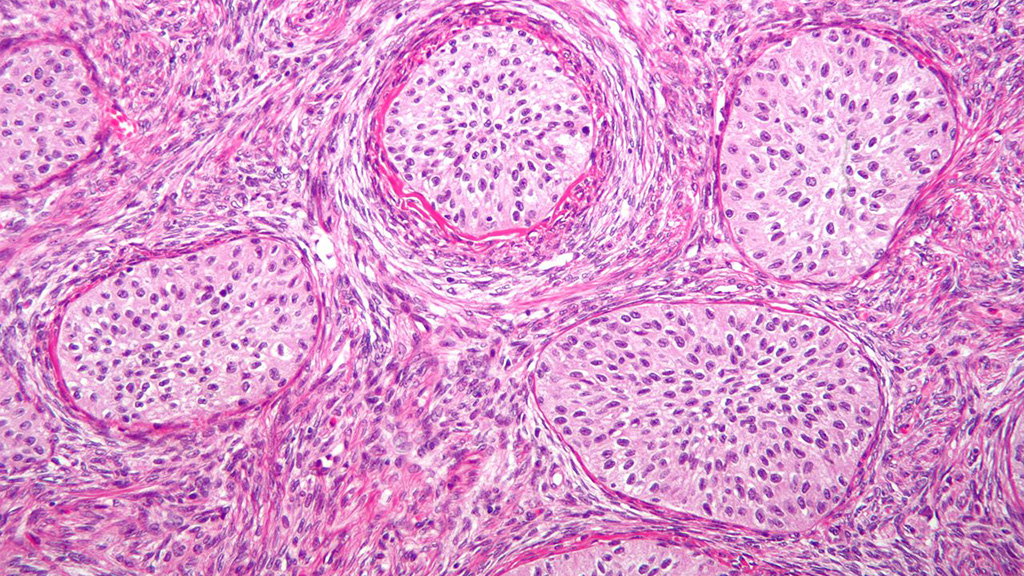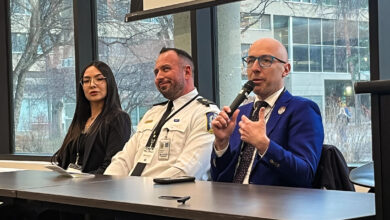 Nephron Brenner
Nephron BrennerWhen David Brindley started working as a biochemist, he hoped his ideas would be transformed into something that could benefit society. Now, he and his team of University of Alberta researchers have discovered a new breakthrough approach to fighting the “vicious cycle” of cancer.
Brindley and his team have found that by limiting the production of the enzyme autotaxin, the body can block the formation and spread of tumours and increase tumour sensitivity to chemotherapy.
Autotaxin produces the compound lysophosphatidic acid (LPA), which stimulates a tumour cell’s division, migration and resistance to chemotherapy. The primary importance of autotaxin is to protect the body from injuries.
“Its not that we discovered something that explains everything,” Brindley said. “But we now understand why the cells become resistant to chemotherapy.”
Cancer is seen as the wound that never heals, he said. Normally, when the body gets wounded, it activates processes to repair the damage, as seen through inflammation of the wounded area.
But there are many situations where inflammation gets out of control and isn’t resolved, which causes problems such as arthritis, inflammatory bowel disease, and cancer.
“Inflammation is a hallmark of cancer,” Brindley said. “It drives cancer to progress and spread and, as we have now discovered, to become resistant to chemotherapy.”
Chemotherapy, which is commonly used to kill cancer cells, damages the tumour, but sometimes damages other organs as well. This damaging process creates wounds, which triggers inflammatory reactions. Brindley said that as a result, a tumour reacts to this damage by producing autotaxin to repair itself.
The tumour hijacks autotaxin and uses it to repair and protect itself from further damage. This enables the tumour to continue grow which proliferates and worsens a patients prognosis, Brindley said.
But by inhibiting the action of autotaxin and blocking the body’s ability to make LPA, Brindley said his team has seen decreases in tumour volume and an improvement in the effectiveness of chemotherapeutic agents.
“By blocking LPA production, we would be able to improve the treatment of the patients,” he said.
The production of LPA creates a “vicious cycle” where LPA production stimulates inflammation, while inflammation causes LPA production.
But by inhibiting autotaxin, he said their models have shown a 70 per cent decrease in the spread and growth of tumours.
This is a crucial discovery, he said, mainly because cancer patients die from the secondary tumours that spread and not the first tumour. This is because the more tumours spread, the more they become resistant to treatment.
Brindley and his team are now waiting for the approval of the first clinical trial of their autotaxin inhibitor.
He hopes that they can negotiate for it to be performed in Edmonton prior to the decision, which will be made February 2015.
This first trial would be used to see how well human beings can tolerate the drug.
“It’s not necessarily a treatment, but it’s the first step to finding an effective dose of the drugs, beyond our pre-clinical models,” he said.
For Brindley, this breakthrough marks the realization of a dream he had when he started working as a biochemist in Edmonton 26 years ago.
“We are close to being able to translate the discovery research work that we have been doing, and applying that out to the care of patients,” he said.
“These clinical trials would be the beginning of translating that work to the clinic.”




